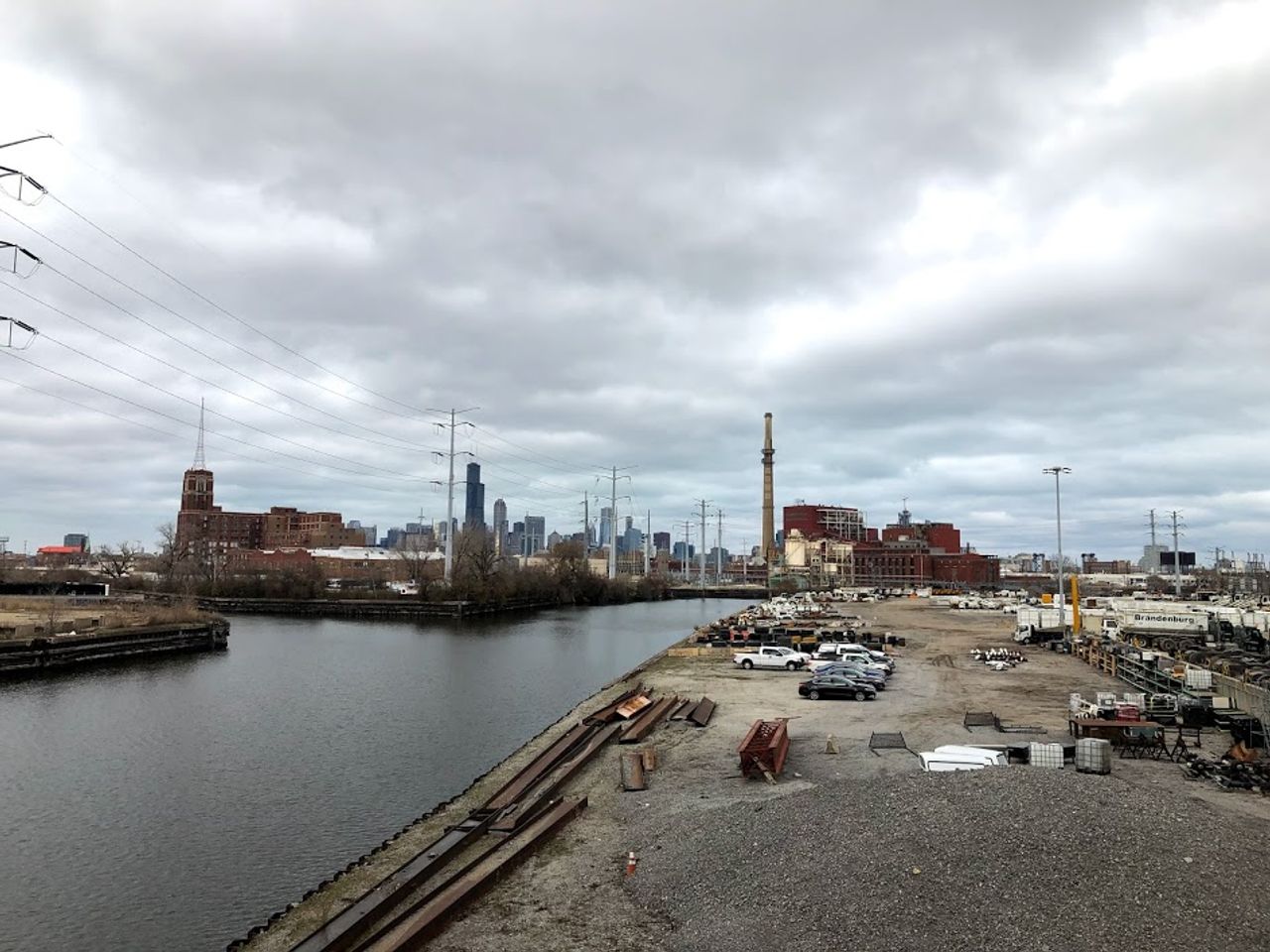As darkness conceals hazards such as obstacles, uneven surfaces, and wildlife, it’s crucial to be aware of the risks and take precautions when navigating in dark environments. Darkness affects our senses, particularly vision and hearing, making it essential to stay vigilant and use appropriate strategies to minimize risks.
This article delves into the dangers lurking in darkness, explores its impact on human senses, and provides practical tips and strategies for staying safe. We’ll also uncover the cultural and symbolic meanings associated with darkness, examining its portrayal in literature, art, and mythology.
Hazards in Darkness
Darkness conceals hazards that can pose significant risks to unsuspecting individuals. Navigating in dark environments requires heightened awareness and visibility to mitigate these dangers.
Obstacles such as fallen objects, uneven surfaces, and architectural barriers become invisible in darkness, increasing the likelihood of tripping, stumbling, or colliding with unseen objects. Furthermore, wildlife may be more active at night, presenting potential encounters with animals that could be startled or aggressive.
Visibility and Awareness
Ensuring visibility is paramount when navigating in darkness. Adequate lighting from streetlamps, flashlights, or reflective gear enhances the ability to perceive obstacles and avoid potential hazards. Additionally, being aware of surroundings, paying attention to sounds, and staying alert to any unusual activity can help individuals anticipate and respond to potential dangers.
2. Impact on Human Senses
Darkness significantly impacts human senses, primarily vision and hearing. Vision is the most affected sense in darkness, as the lack of light reduces the ability to see objects and navigate the environment. Darkness triggers physiological and psychological effects that can impair visual perception.
Vision
Reduced visual acuity
Darkness reduces the eye’s ability to distinguish details, making it harder to recognize objects and obstacles.
Impaired depth perception
Darkness makes it difficult to perceive the distance between objects, increasing the risk of accidents.
Night blindness
Some individuals experience difficulty seeing in low-light conditions, a condition known as night blindness.
Enhanced peripheral vision
Darkness may improve peripheral vision as the eyes adjust to low-light conditions.
Hearing
Heightened auditory sensitivity
Darkness enhances auditory sensitivity, making it easier to detect sounds.
Reduced sound localization
Darkness makes it harder to determine the direction of sounds, as visual cues are unavailable.
Increased susceptibility to auditory illusions
Darkness can lead to auditory illusions, such as perceiving sounds that are not present.
3. Prevention and Mitigation Strategies
Darkness can conceal hazards, making it crucial to implement effective prevention and mitigation strategies. By adhering to simple guidelines and utilizing appropriate technology, individuals can minimize risks and enhance safety in low-light conditions.
Practical Tips and Strategies
- Utilize flashlights:Carry a reliable flashlight to illuminate your path, ensuring clear visibility and reducing the risk of tripping or colliding with obstacles.
- Stay on designated paths:Avoid venturing off designated trails or paths, as these areas may contain hidden hazards such as uneven surfaces, wildlife, or debris.
- Be aware of surroundings:Pay attention to your environment, scanning for potential hazards such as loose wires, uneven surfaces, or suspicious individuals.
- Avoid distractions:Minimize distractions, such as using mobile phones or engaging in conversations, as they can impair your ability to focus on your surroundings and react to potential hazards.
Role of Technology
Advancements in technology offer valuable tools for enhancing visibility and safety in darkness. Consider the following:
- Night vision devices:These devices amplify available light, allowing users to see clearly in low-light conditions. They are particularly useful for security personnel, military operations, and outdoor enthusiasts.
- Motion-activated lights:Install motion-activated lights around your property to illuminate areas when movement is detected, deterring potential hazards and providing additional visibility.
- Smart home devices:Integrate smart home devices, such as voice-activated assistants, with lighting systems to control lights remotely, ensuring safety and convenience even in complete darkness.
4. Cultural and Symbolic Significance

Darkness, with its enigmatic nature, has captured the human imagination for centuries. It holds a profound cultural and symbolic significance, embodying both positive and negative connotations.Darkness often symbolizes the unknown, the mysterious, and the hidden. It can represent fear, danger, and uncertainty, as well as the realm of the supernatural.
In many cultures, darkness is associated with evil and malevolent forces, such as demons and monsters. It can also represent chaos, disorder, and the absence of light and hope.On the other hand, darkness can also symbolize introspection, creativity, and spiritual growth.
In some cultures, it is seen as a time for reflection and meditation, allowing individuals to connect with their inner selves. Darkness can also be a source of inspiration for artists and writers, who use it to explore the depths of the human psyche and the mysteries of the world.In
literature, art, and mythology, darkness has been portrayed in a myriad of ways. From the darkness of the underworld in Greek mythology to the shadowy forests of fairy tales, darkness has served as a backdrop for countless stories and legends.
It has been used to create suspense, fear, and a sense of the unknown, as well as to symbolize the hidden depths of human nature.
Positive Symbolism of Darkness, Darkness conceals hazards such as
* Mystery and intrigue
- Introspection and self-discovery
- Creativity and inspiration
- Spiritual growth and enlightenment
- Renewal and rebirth
Negative Symbolism of Darkness
* Fear and danger
- Evil and malevolence
- Chaos and disorder
- Absence of light and hope
- Ignorance and superstition
FAQ Section: Darkness Conceals Hazards Such As
What are some common hazards concealed by darkness?
Darkness can conceal obstacles such as uneven surfaces, tripping hazards, and wildlife, increasing the risk of falls, injuries, and encounters with animals.
How does darkness affect our senses?
Darkness reduces our vision, making it harder to see obstacles and navigate safely. It can also affect our hearing, making it more difficult to detect sounds and determine their direction.
What are some practical tips for staying safe in darkness?
Use flashlights or headlamps to improve visibility, stay on designated paths, be aware of your surroundings, and avoid walking alone in unfamiliar areas at night.